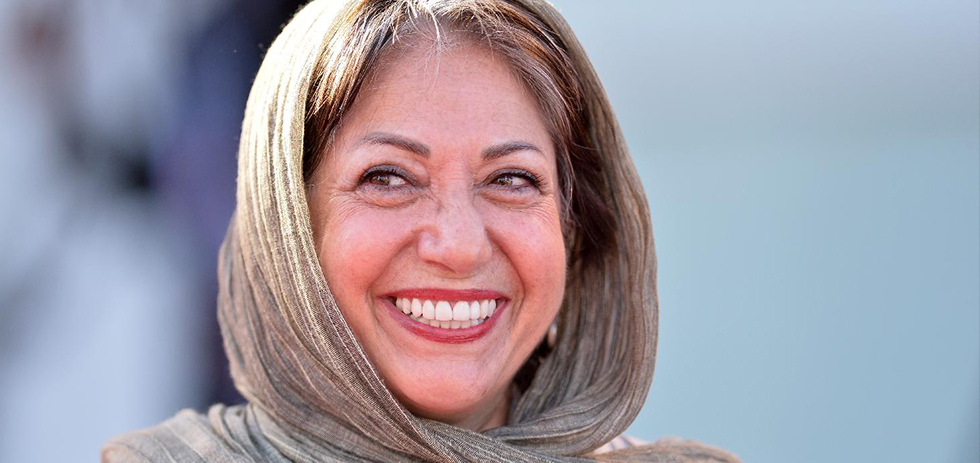In Tales, Rakhshan Bani-Etemad navigates Tehran through a series of vignettes that show a rare and intimate presentation of the city rarely seen in the West. We caught up with Rakhshan Bani-Etemad at Sydney Film Festival to discuss the her most recent work, its connection previous outings in her career, and the often unseen side of Iran that she portrays in her films. .
One of the interesting things that I think a lot of people at the festival might miss is the fact that a lot of the characters in Tales are reprised from earlier movies. At the same time it stands alone as its own movie despite this. Did you set out to make a movie that would both satisfy new audiences and longer term fans of your work?
Yes, it’s true that the characters are mostly from previous films, however, the film was made for those who actually haven’t seen any of those works – and obviously they engage with it quite equally. However, if some of the audience members have seen those previous films, they – I guess – connect with the film on a different level and probably enjoy and identify with it on a different level; and more so.
A lot of these characters are rehashed from the Under The Skin of the City trilogy. Nargess came out in 1992, and I was curious as to whether you feel that these characters and Tehran – and the way you have to portray it has changed much in the last twenty years?
When you look at the characters and their life in the past 20 or so years – their situation hasn’t really changed for the better as much. However, what is very important is they have changed to become better people. I guess that’s what drove me and was most important for me. I guess I perceive the city to have modernised significantly and that is another thing that I had to take into account as well.
There’s this interesting idea of playing within the rules of what a filmmaker can do in Iran in Tales? I feel it’s interesting at this years festival – there’s 3 films I’ve seen that focus on Tehran; your own, Sepideh Farsi’s Red Rose – who films it in Athens -, and Jafar Panahi’s Tehran Taxi; and one of the things that was most fascinating about these different images was how different these conceptions of “Tehran” looked. You portray an Tehran that shows the social and class divides, universal issues of desperation; did you feel this was an important part of the city to portray?
We’re dealing with living in a complex society, so no one film can actually represent what the culture is or what the city is all about so you see different films and each of them take you through a separate journey. Being a socially-focused filmmaker… or perhaps, someone who is quite sensitive about injustices within the community, or the problems that people face – especially those people who are disadvantaged and the disadvantaged part of the community. They are very important for me because of who I am and the kind of filmmaker I am; so I am quite sensitive to those… and those are the stories that I like to portray. I’d just reiterate that I don’t think this is the whole city. It’s not claiming to be a representation of one city, but instead, a series of stories that exist in parallel to others.
All of your films have this focus on the lower-class, the hard done by, and those who struggle the most – but it never feels patronising or as if they’re being used as subject matter; it feels deeply researched. You’ve donated the proceeds from awards for Tales, and films in the past, to help disadvantaged women – most recently homeless women. Do you feel an imperative as an established and lauded filmmaker to help those less fortunate?
The reason I do all of this is because the way I look at and pursue cinema is beyond the art and film itself, but as a way to create social change… you know, to try and change someones life. Therefore what comes after is from that same point of view.
I guess one of the specific things I wanted to ask about in Tales as a film was how it was divided to exist as “screenable” within Iran and how Tales bypassed censorship – and how, while making the film, that was kept in mind to result in the final, “screenable”, project.
Naturally as a filmmaker in Iran, and with films that are dealing with very sensitive social issues, I would be quite careful and aware of how to make a film that is actually reachable because I’d never want to make a film that isn’t able to be seen in Iran – but never to the point where I would be self-censoring or creating compromises. I’ll have a vision of what I want to pursue but then obviously making films in Iran, you need to find creative ways of bypassing censorship, and telling what you want to tell, without compromise.

